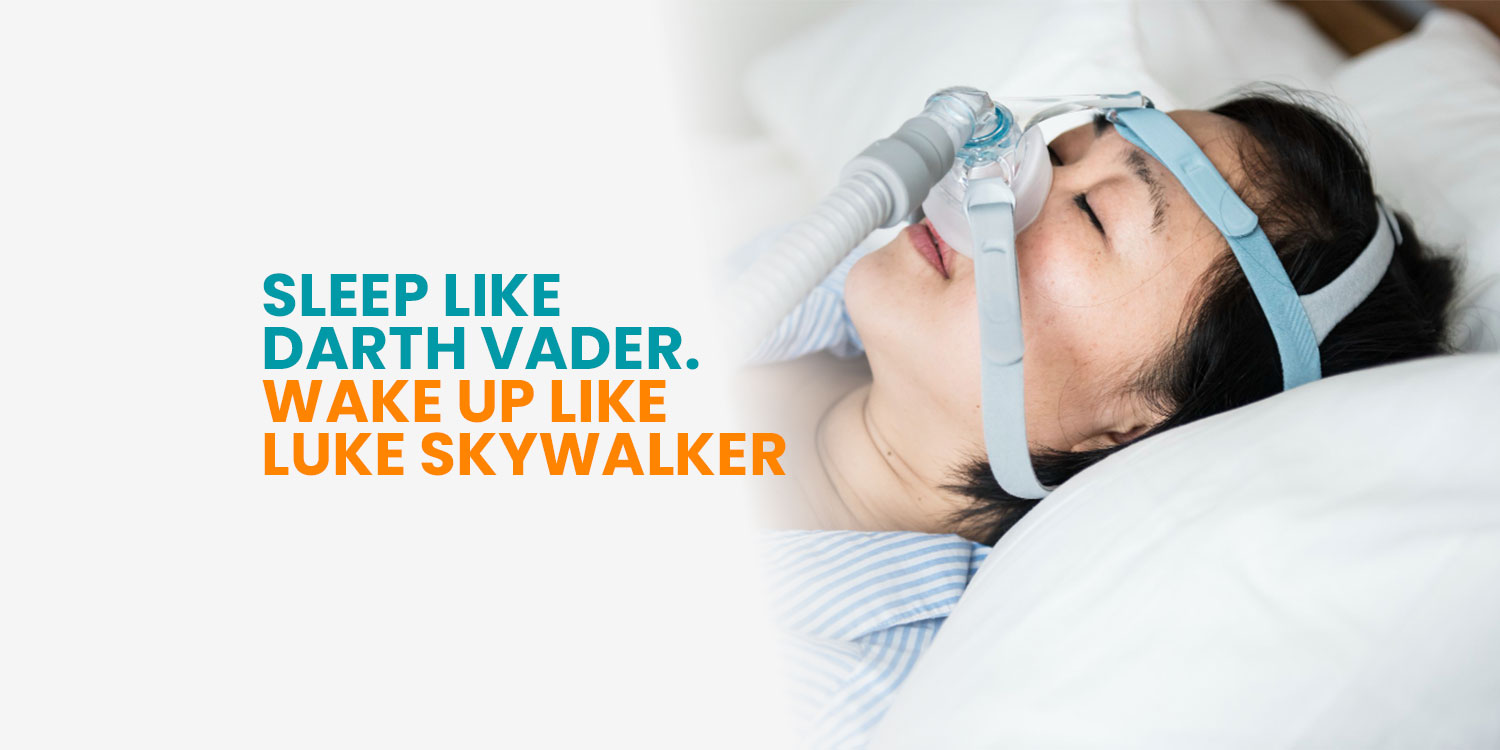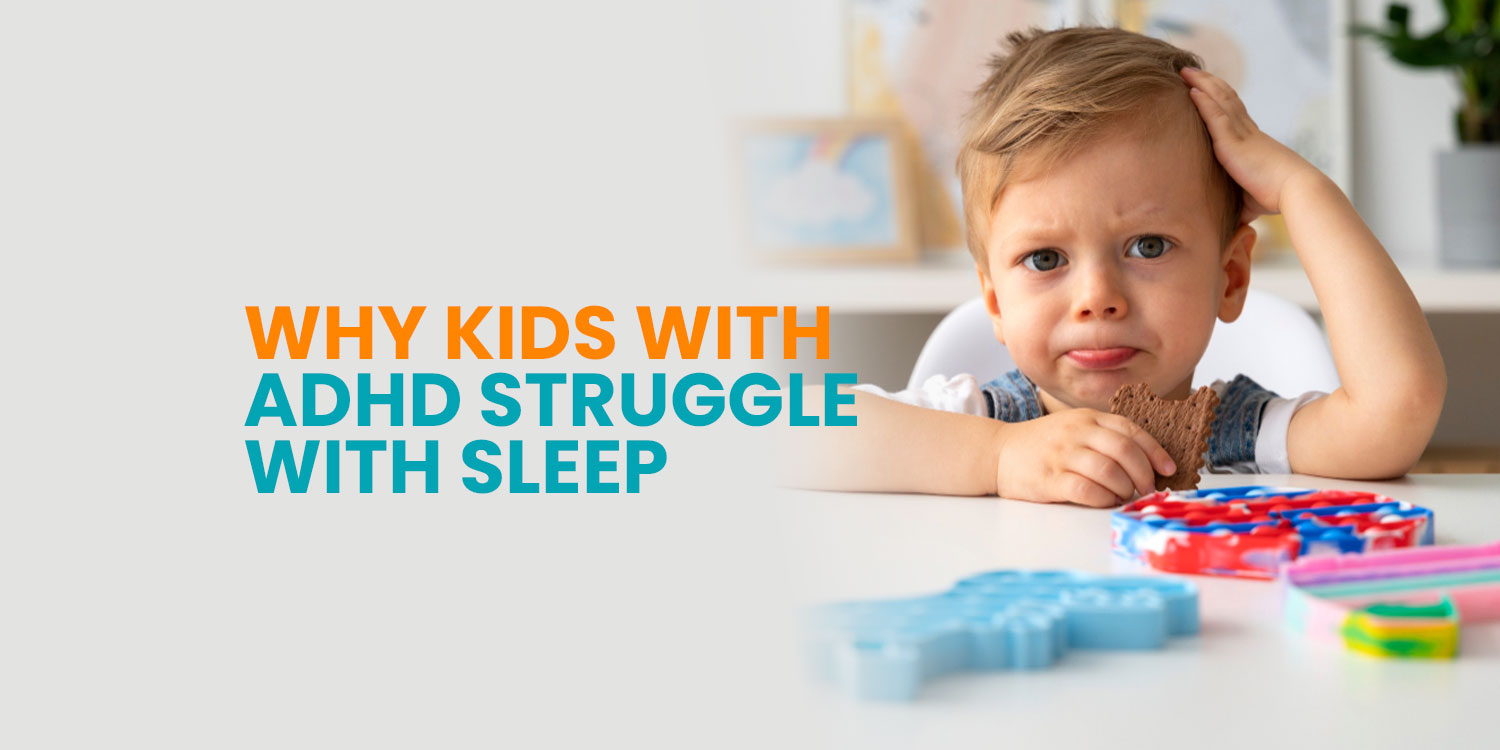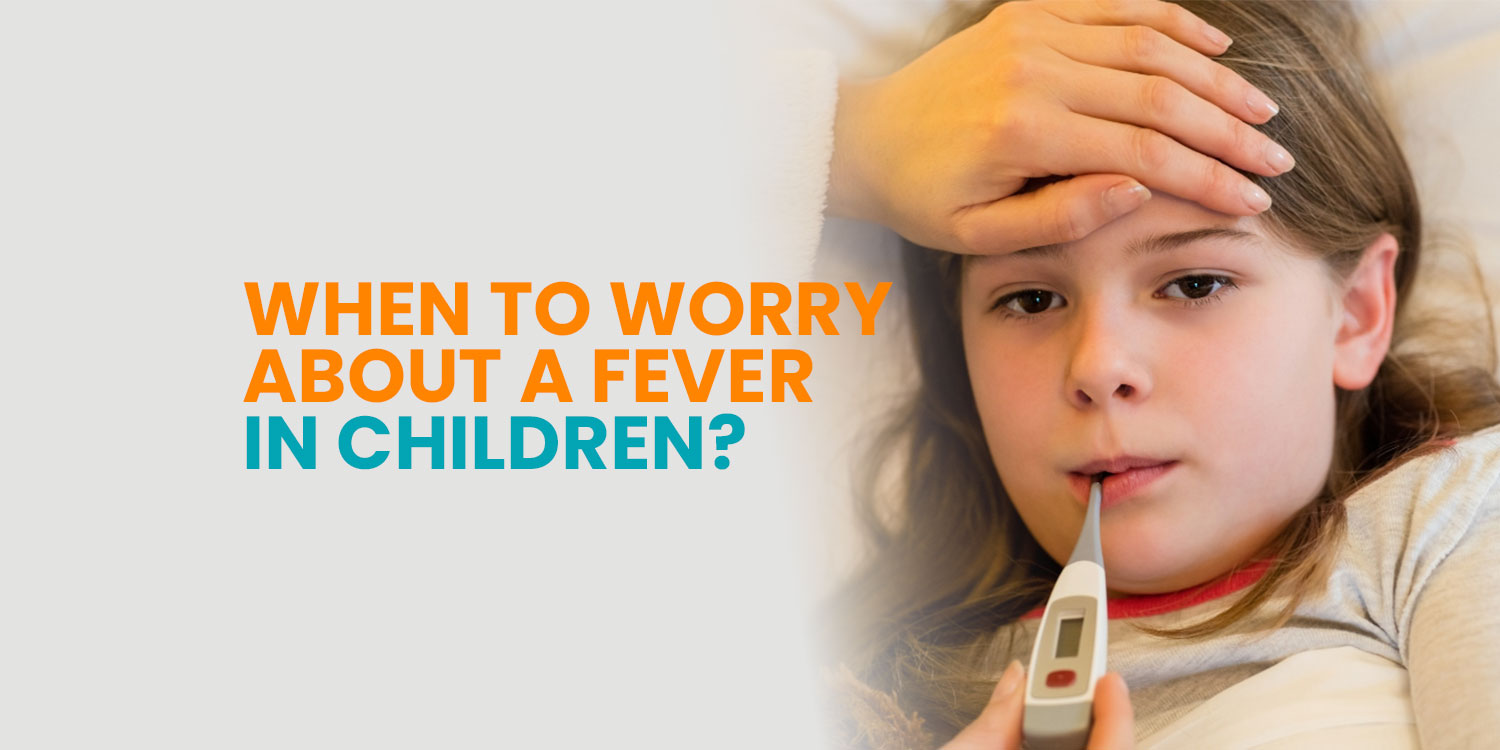Getting Used to a CPAP Machine: How I Went from Darth Vader to Jedi Master
I’ll be honest—getting used to a CPAP (Continuous Positive Airway Pressure) machine took me about a year. No one wants to feel like Darth Vader on life support. The first time I strapped it on, I thought, there’s no way I’m sleeping with this thing. But trust me, if you can push through, you’ll start feeling more like the last Jedi than a Sith Lord.
Start Small, Build Up
One of the biggest mistakes people make is trying to wear their CPAP machine all night from day one. That’s like jumping straight into Jedi training without even learning to use the Force. Instead, ease into it:
- Wear the mask during the day—even for a short period—just to get used to how it feels. Watch TV, read a book, or scroll on your phone with it on.
- Try wearing it for a few hours at night instead of forcing yourself to sleep with it for the full night right away. Slowly increase the time each night until it becomes second nature.
This gradual approach is actually recommended by sleep specialists (American Academy of Sleep Medicine [AASM], 2021). Adapting slowly helps reduce anxiety and improve long-term compliance.
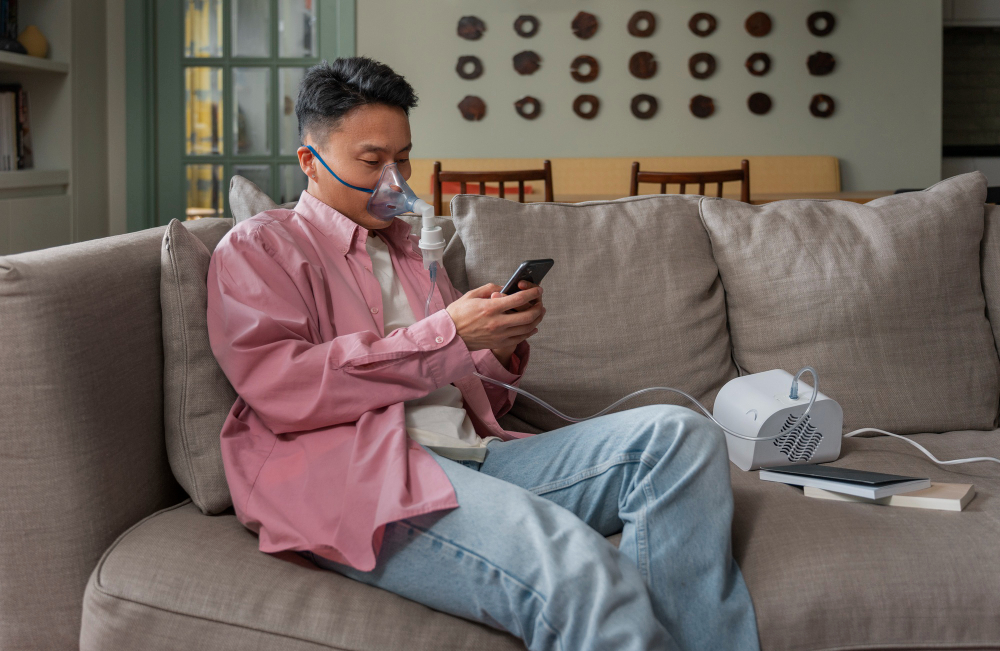
Find the Right Gear
Not all CPAP masks are the same, and comfort is key. There are different styles, including:
- Full masks that cover your nose and mouth
- Nasal masks that just go over your nose
- Nose pillows that fit snugly into your nostrils
You might have to experiment to find the one that works best for you. If you’re uncomfortable, you’re less likely to stick with it—so don’t settle for something that doesn’t feel right (Kushida et al., 2019).

Timing is Everything
For me, the trick was putting my mask on at the perfect moment. You know that warm, fuzzy feeling right before you drift off? That’s when I strap mine on. It makes the transition to sleep smoother and less jarring. According to the AASM (2021), developing a consistent bedtime routine with your CPAP can improve your chances of long-term success.
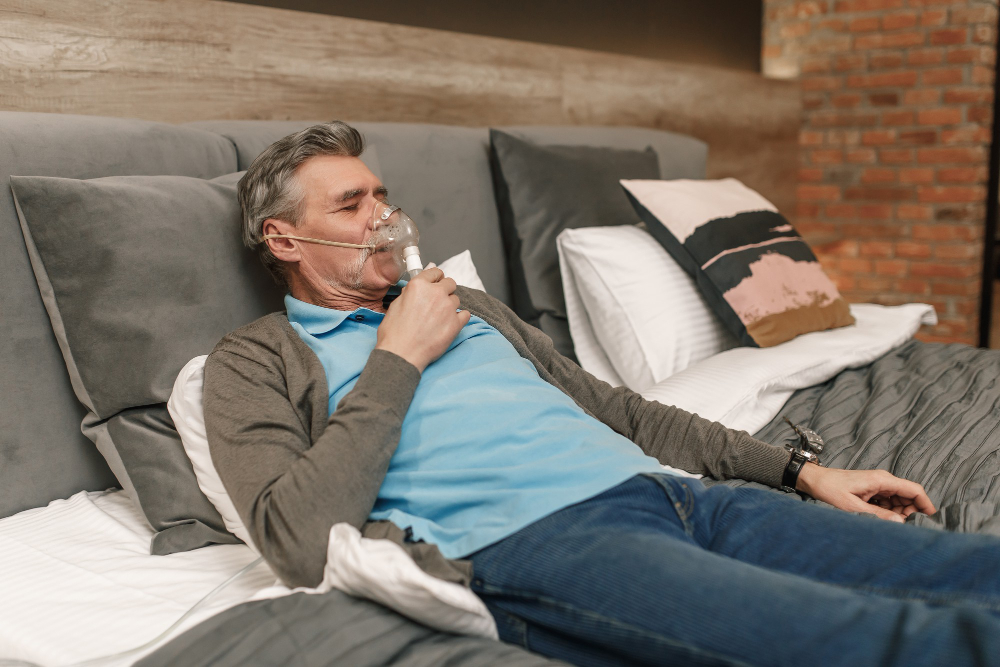
Stick With It—The Results Are Worth It
Both alcohol and smoking can worsen sleep apnea symptoms. Alcohol relaxes the muscles in your throat, making it easier for your airway to collapse while you sleep. Smoking causes inflammation and swelling in your airways, making breathing more difficult (Yucesoy et al., 2015). Cutting back or quitting these habits can significantly improve your sleep quality and overall health.
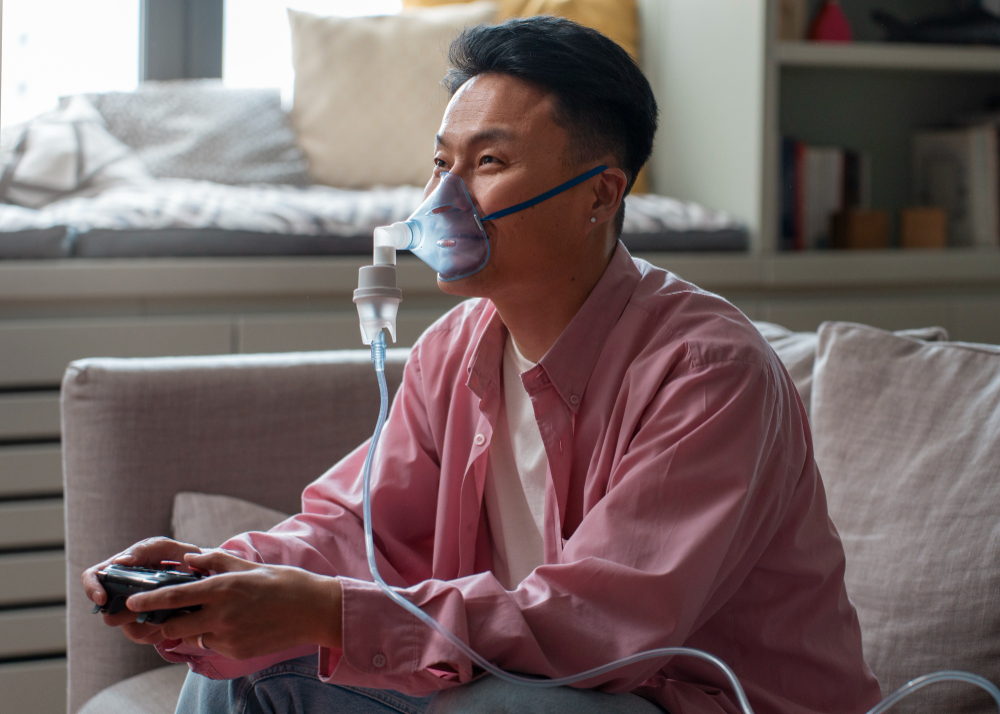
References
American Academy of Sleep Medicine. (2021). CPAP therapy for obstructive sleep apnea. https://aasm.org/resources/factsheets/cpap.pdf
Kushida, C. A., Morgenthaler, T. I., Littner, M. R., & Alessi, C. A. (2019). Practice parameters for the use of continuous and bilevel positive airway pressure devices to treat adult patients with sleep-related breathing disorders. Sleep, 29(3), 375–380. https://doi.org/10.1093/sleep/29.3.375
Weaver, T. E., & Grunstein, R. R. (2008). Adherence to continuous positive airway pressure therapy: The challenge to effective treatment. Proceedings of the American Thoracic Society, 5(2), 173–178. https://doi.org/10.1513/pats.200708-119MG

